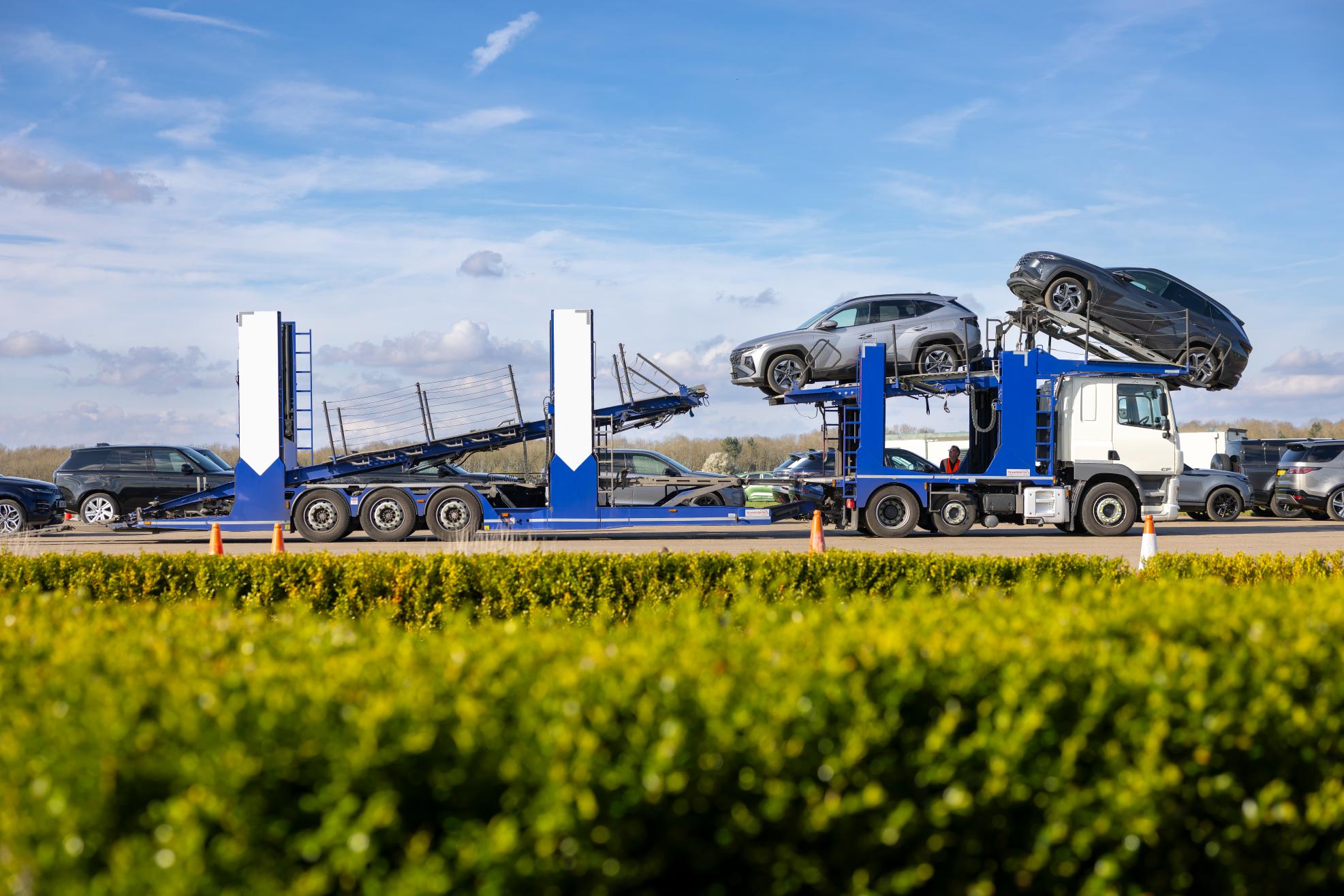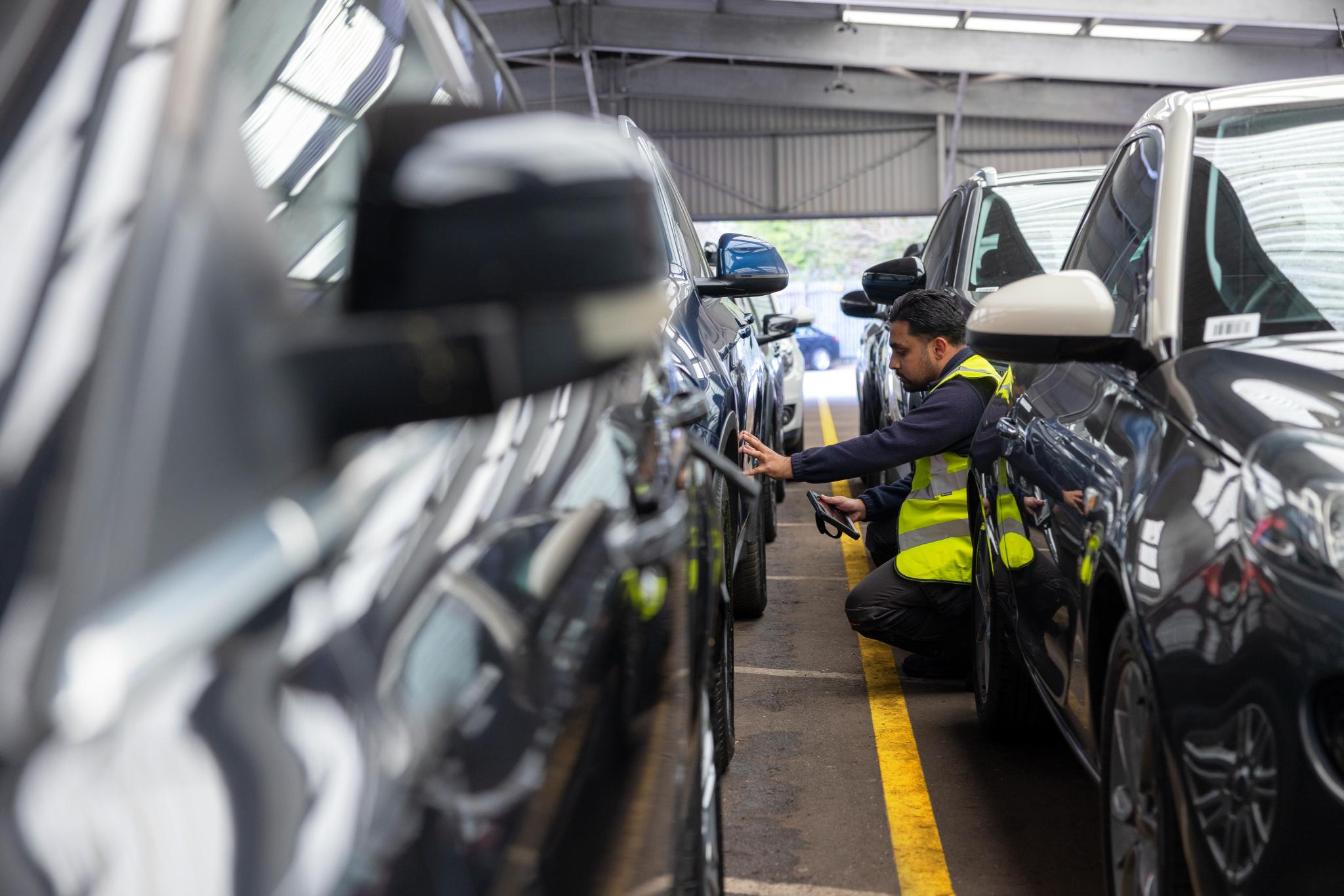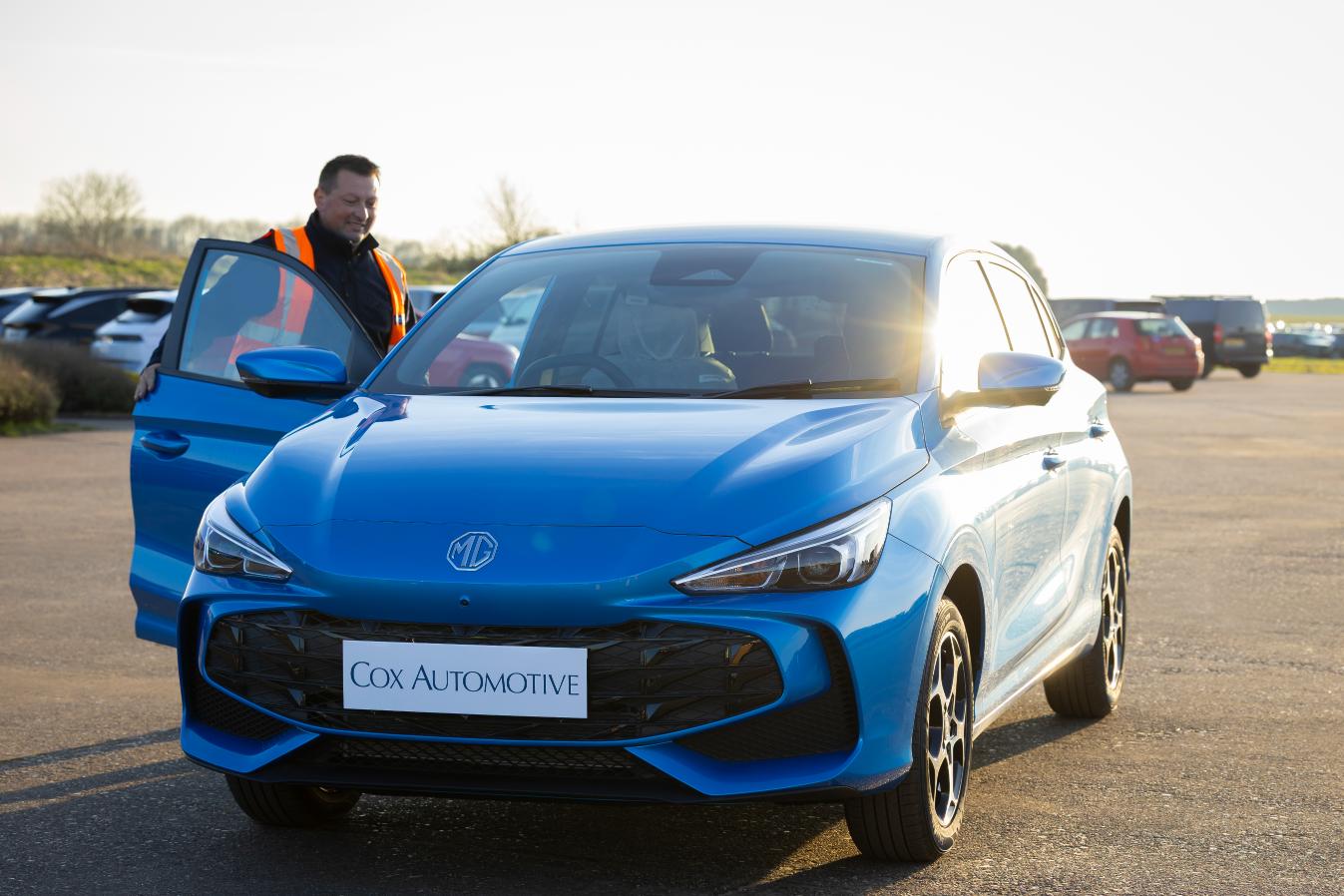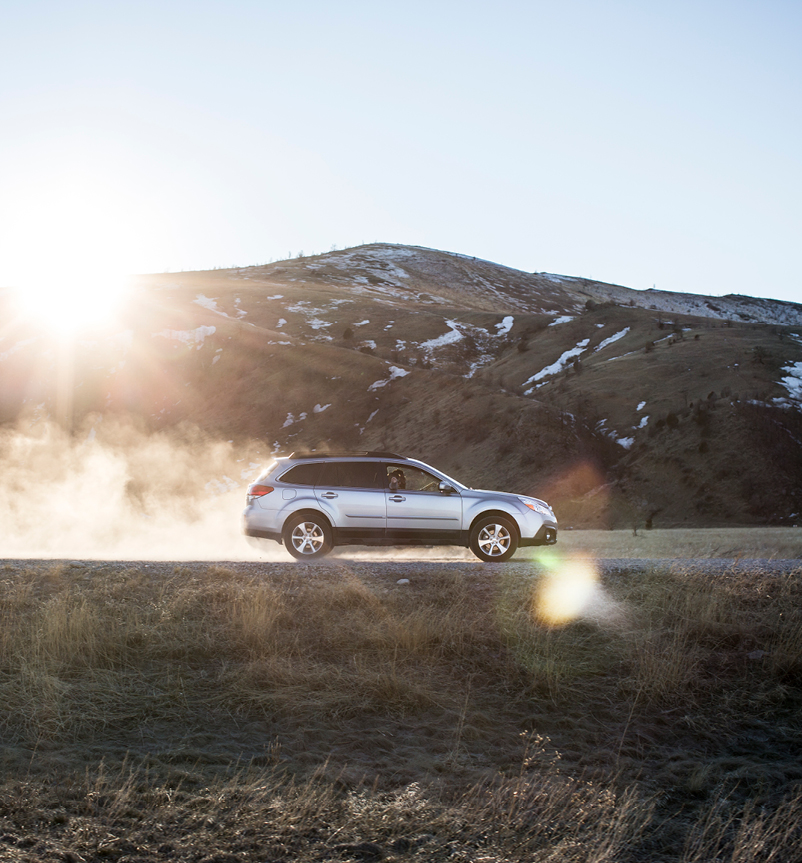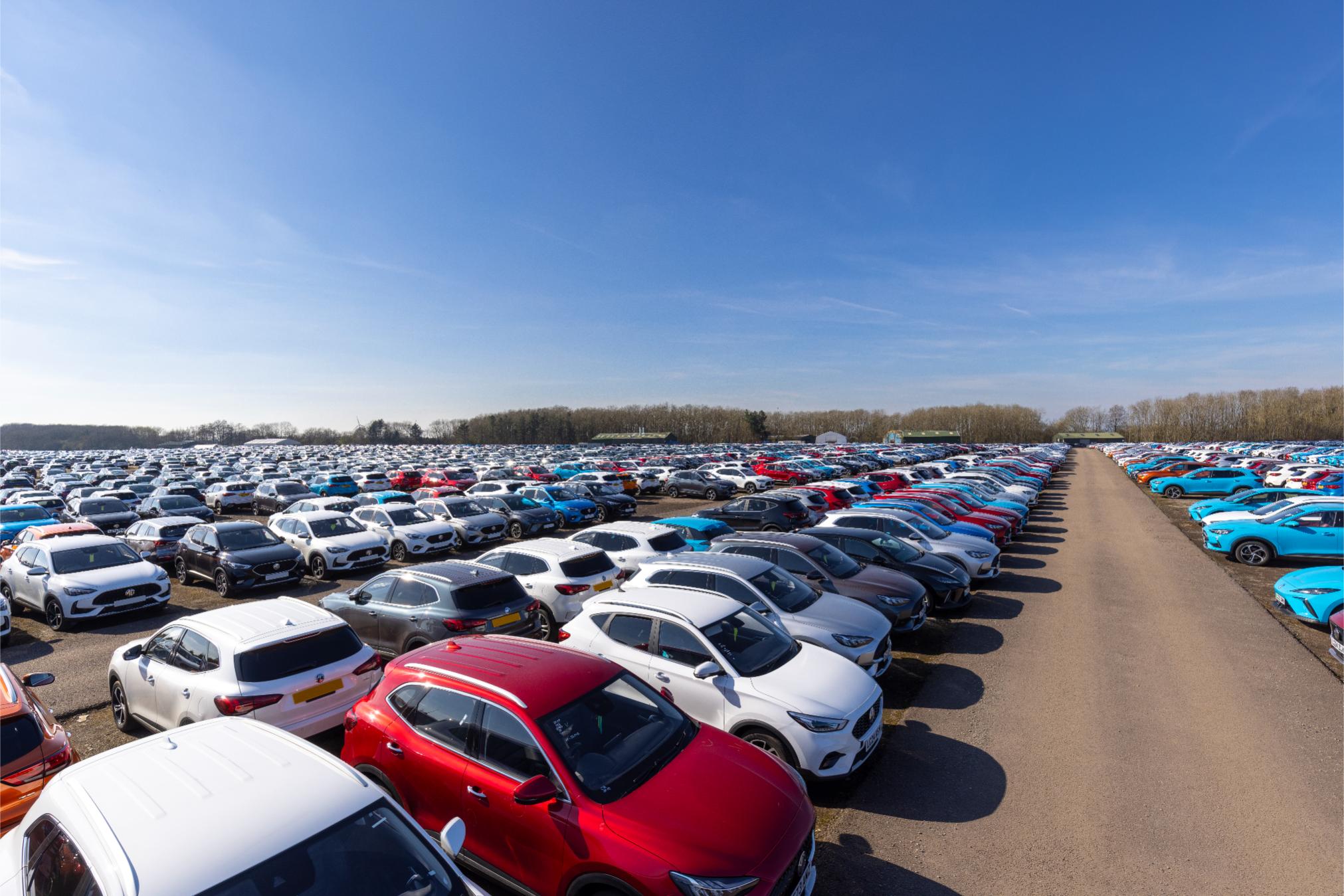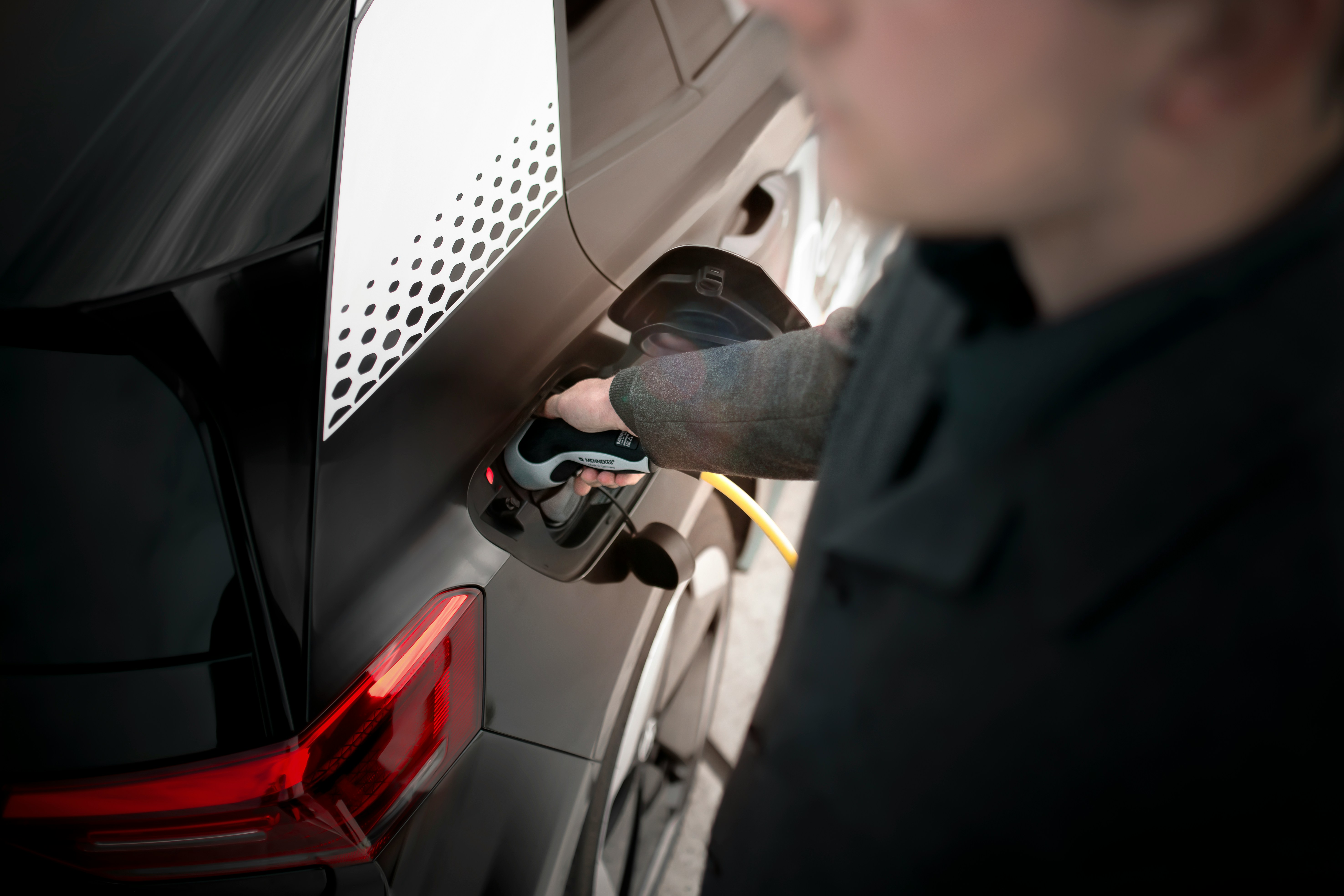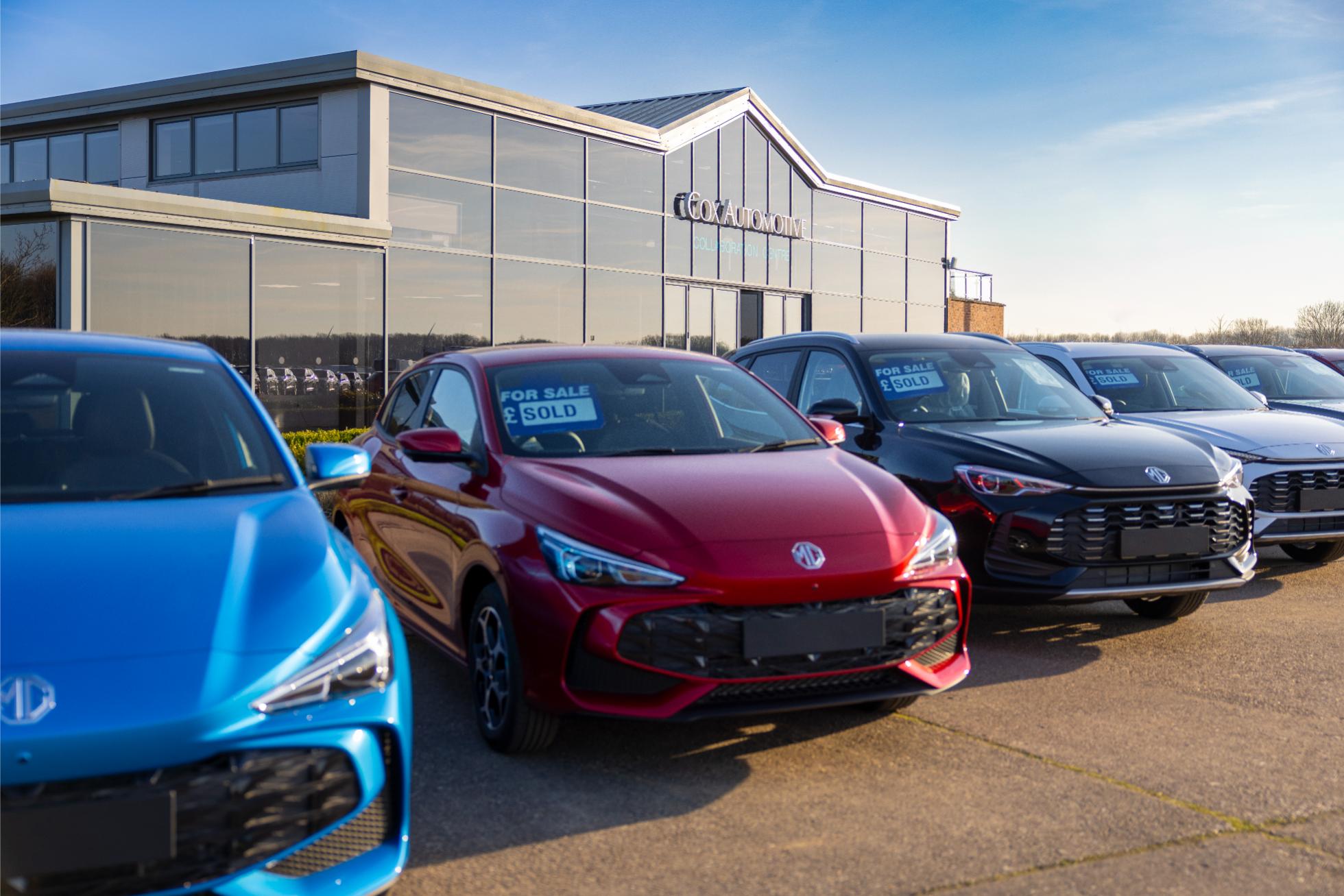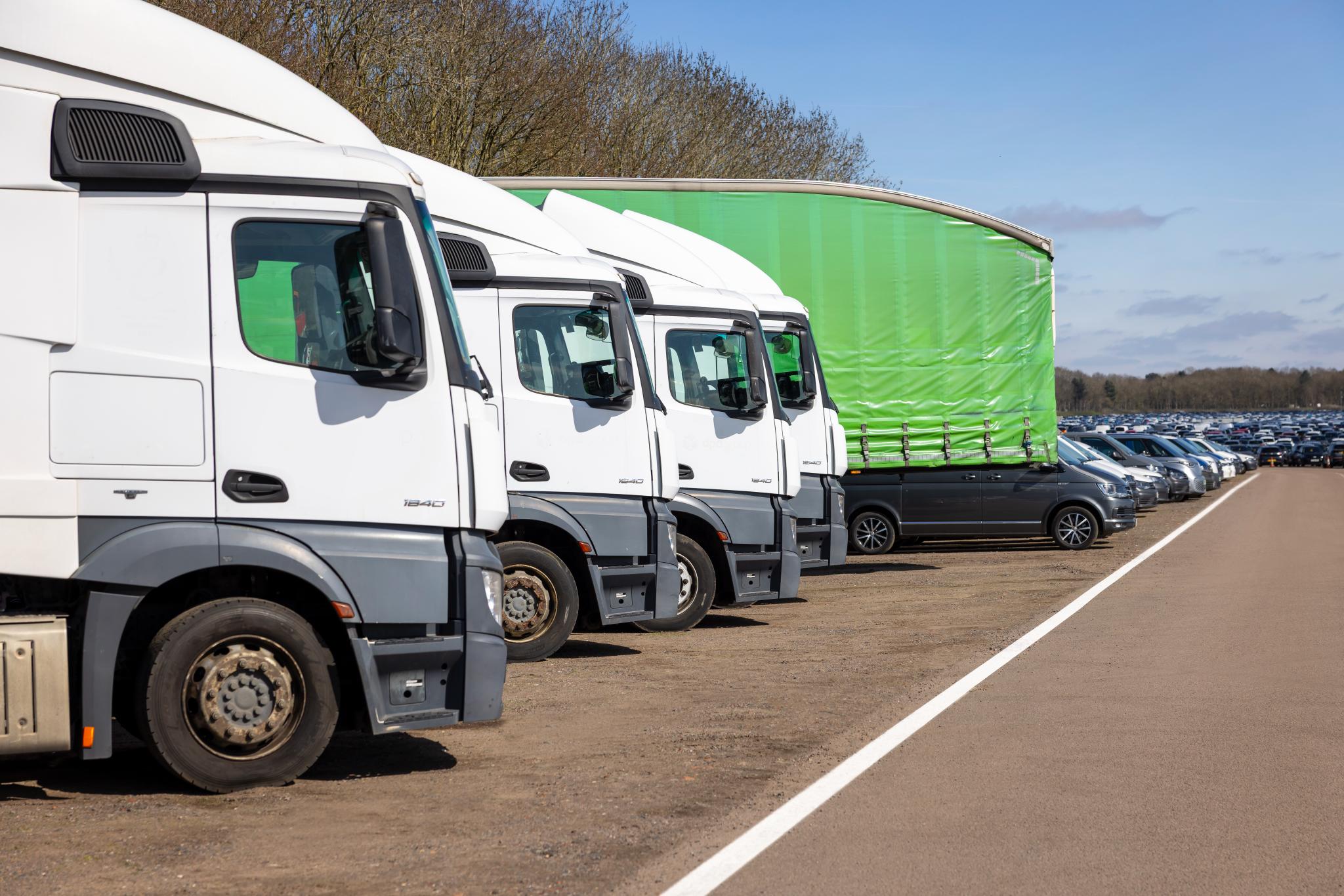Everybody loves a league table, and the automotive sector is no exception.
Manufacturers focus on market share, where they stand relative to their peers and ambitions. Dealers are positioned in league tables by their manufacturers, and dealers themselves want to understand where they stand relative to others – who’s the biggest and best in the market. In a competitive world, I guess that is only natural, so ICDP tries to help by publishing our own league tables. The most recent was the European Top 300 dealer group ranking, based on the most recent available data which is 2023 or the 2023-24 financial year. Whilst that feels a long time ago, that is how long it takes for some businesses to report, and it was the first ‘normal’ year since the pandemic distorted results across the board.

These groups can be viewed as the powerhouse of European automotive retail, collectively the same size as the whole VW Group, representing well over a third of all the dealer sales franchise points in Europe, and selling a third of all the cars registered in the extended European region. On average, they represent 11 OEM brands through 55 franchise points, both up around 10% on the year before as many take on one or more of the entrant brands, placing a bet on their future growth. They are clearly big, important businesses for all the stakeholders involved – suppliers, customers, employees and the local communities they support. But does that make them better?
The evidence from ICDP research over the last three decades is that ‘big’ does not necessarily equate with ‘better’, at least in terms of financial returns. Some among this elite group do boast better profitability than the average, but so also do some much smaller groups and indeed owner-operators. The opposite is also true, that some large groups underperform the market average. This is in part a function of the franchise model (and agency) that for the largest part of the revenue (new cars) the profitability is more determined by the franchise than by the operator. The dealer can drive volume to some extent, but the percentage margin is more driven by the OEM offer and market conditions than by the actions of one dealer vs another.
Where scale makes a difference is in the ability to fund investments in different forms that will provide a competitive advantage across the business, not just in new, but also in used and aftersales where both volumes and margins are much more under the influence of the dealer. There are four critical areas of leverage.
Larger groups generally have easier access to capital with stronger cash flows and are perceived as lower risk than a more entrepreneurial owner-operator. They can therefore borrow at a lower cost, and the diversified brand and geographical footprint also reduces perceived risk. They can use this access to capital to better take advantage of opportunities that present themselves, particularly in terms of securing new and used stock at advantageous prices.
By their nature, larger groups need to have strong management disciplines and are able to attract and retain better quality management than a smaller family run group where professional managers would tend to work in the shadow of family members. This is not to say that family members are less able, but simply that it would be a deterrent to attractive candidates who don’t see a route to the top. Again, because of the scale there will tend to be strength in depth due to the need for director-level staff for brands, regions and functions, any of whom potentially can move across and up.
On the technology side, larger groups have been early adopters of data science or ‘big data’ analysis with a number of them having their own data scientists on payroll. This allows data-driven approaches to winning and retaining customers across sales and aftersales, and anticipating the market, particularly in used car sourcing and inventory management. They’ve also become very skilled at managing IT integration in the very complex environment that we now have in retail because of the need to quickly integrate new acquisitions and support their favoured IT product set across multiple OEM brands.

Finally on the cost side, scale means that the larger groups are buying more of everything - more digital advertising, more consumables, more utilities, more insurance, and that gives them some cost savings. They are able to spread fixed costs and investments across more volume, more brands, more sites so that the unit cost being borne by each site or by each unit sold is less and the ability to generate a positive return on new investments is easier.
In a highly competitive and rapidly changing world, these attributes are all highly valuable. In that respect being big also tends to mean being better. It makes life tougher for smaller, less well-resourced dealer groups, but not impossible. In the end customer relationships are critical, and nobody has yet found a way to scale that up in a consistent way.


